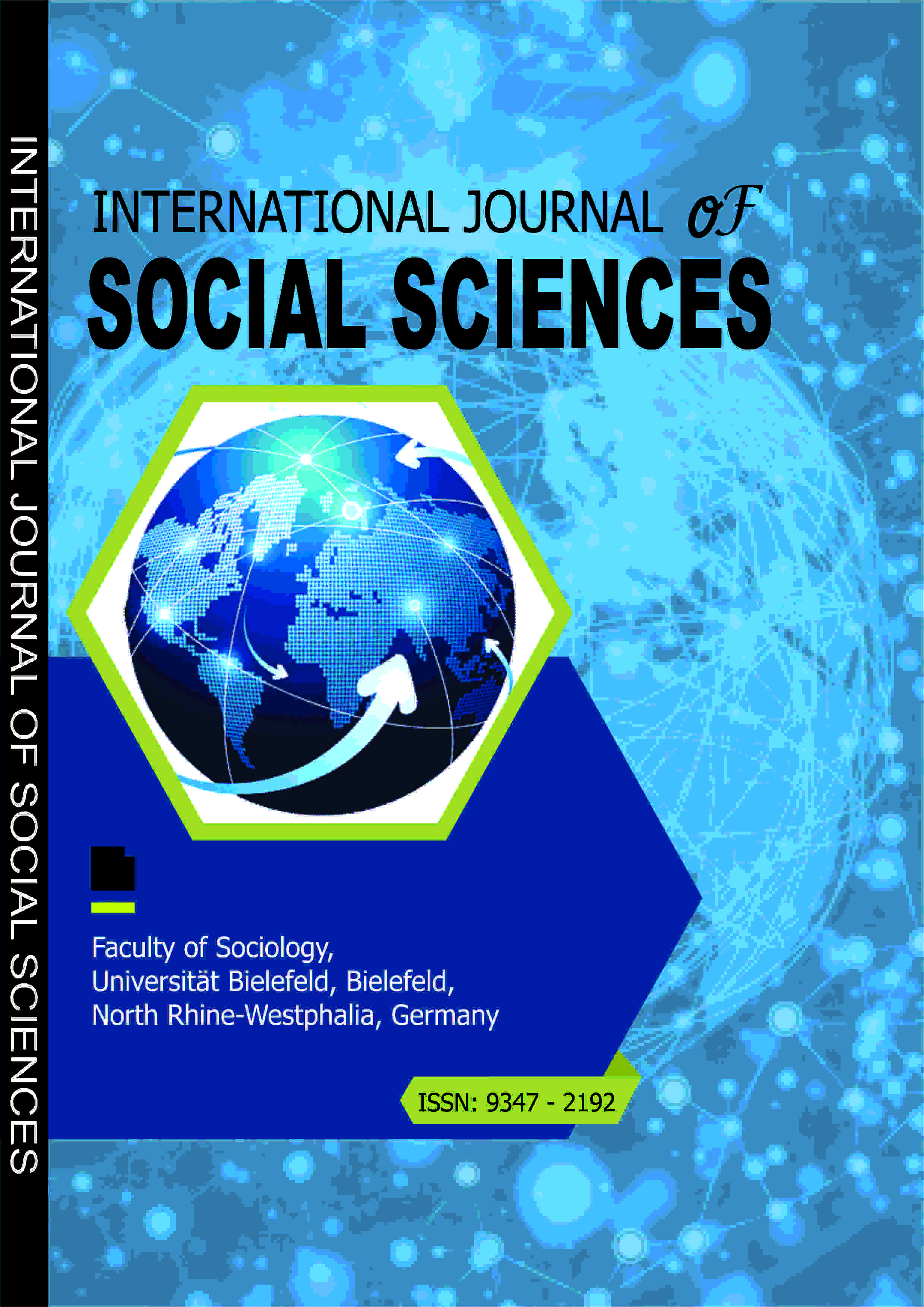INTERNATIONAL JOURNAL OF SOCIAL SCIENCES (IJSS)
Tracing the Ideas of Emancipation in the Voices of Women Saints of India in Medieval Period
E-ISSN: 7885-4322
P-ISSN: 9347-2192
DOI: https://iigdpublishers.com/journals/146
The New education policy 2020 has emphasised on the inclusion of values and facts of the Indian knowledge tradition. Feminist Historians brought out the gaps in documented history and there was a sincere effort to include the voices of women in different spheres. They relied on oral history, folklores, deep investigations of religious and historical documents, music, art, literature of different periods to explore the vast treasure of knowledge. The demographic reality of India and plurality of culture has been a challenge for the researchers. There have been different schools of thought emerging in different parts of the subcontinent which were distinct at times, but there have been instances of alternative voices emerging to challenge the traditional socio religious structure. The Vedic teachings under the Brahminic control continued for long. Bhakti movement is an important phase of social transformation where the leadership came from different sections of the society. During early medieval period, the Southern India saw two distinct groups emerging, the Alvaras and the Nayanars worshiping Lord Vishnu and Lord Shiva respectively. The voice to challenge the Brahminic supremacy was prominent. There was an emphasis on freedom to choose one’s own spiritual path and follow one’s own heart to worship in one’s own distinctive way. This was a major social change which perhaps sustained because of the non-threatening method called Bhakti or Devotion. The Gods were given local names and there were many spiritual leaders who took this movement forward with their followers who were actually small localised groups. Many women used this opportunity and joined the movement and expressed their desires with no restraints. The main objective of this study is to trace the egalitarian voices of women saints in the Bhakti Movement and to locate their importance in today’s times. It needs to be mentioned here that India ranks at 123rd place out of the 162 nations under gender inequality Index.
Madhu Jha PhD & Saswati Panda
Bose, M (2000). Faces of feminine in Ancient, Mediaval and Modern India, Oxford University Press, Newyork.
Glushkova, I. (2021). Janabai and Gangakhed of Das Ganu: Towards ethnic unity and religious cohesion in a time of transition, The Indian Economic and Social History Review 58, 4 (2021): 505– 532.
Hawley, J.S. (2015). A storm of songa: India and the idea of the Bhakti movement, Harvard University Press.
Oza, P. (2022). Roots of Feminist fervour: Women in Bhakti movement, https://janataweekly.org/roots-of-feminist-fervour-women-in-bhakti-movement/
Ramanujan, A.K.. (1992). Talking to God in the Mother Tongue, India International Quarterly, Vol.10, No.4,pp.53-64.
